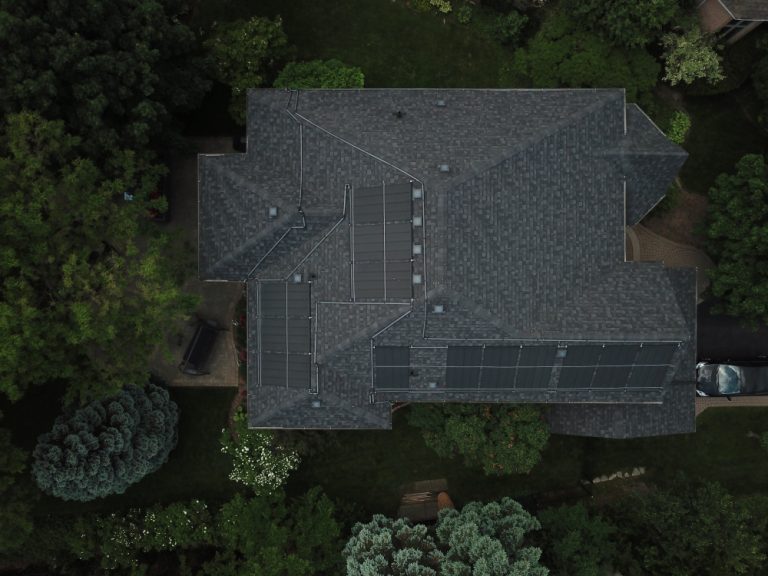What Car Batteries Can Teach Us About Solar Batteries

While car and solar batteries are quite different, understanding the distinction between the two can help homeowners understand the details of solar batteries.
All batteries have a chemical reaction, which creates an electric current used to power devices. How the electrical current is formed and stored makes a difference in the amount of electricity the battery can produce.
Unlike regular batteries, rechargeable batteries can recharge by reversing the chemical process. By applying electricity to the battery, the chemical reaction in the battery that releases the electrical current reverses, enabling the battery to power something else.
While the concept of charging and discharging a battery isn’t new, the application of it in other products, such as cars, is different than solar.
How Car Batteries Work
Cars mostly use lead-acid batteries. These batteries are also known as SLI batteries because their function is to start, light, and ignite. An SLI battery provides short bursts of electricity to start the engine so the alternator can power the vehicle.
SLI lead-acid batteries have two lead-dioxide plates submerged in sulphuric acid. Together these components create a chemical reaction that produces electrons, which move around the plates and generate electricity.
While SLI is the most popular car battery, there are four battery types that some cars can use. These four batteries group into two categories, known as wet cell and VRLA.
Wet Cell Car Batteries
There are two wet cell batteries on the market. The first is the SLI battery mentioned above. The second is deep cell batteries. Deep cell batteries, also known as marine batteries, provide long electric discharges instead of short bursts.
VRLA Car Batteries
VRLA batteries come sealed, so gasses from the chemical reaction can’t escape. The two VRLA car battery types include the gel cell battery and the absorbed glass mat battery (AGM battery). Gel cell batteries use a gel as the electrolyte, while AGM batteries use thin fibers of electrolyte glass to form mats next to the lead dioxide plates.
What Sets Solar Batteries Apart
Although car batteries and solar batteries are similar, they aren’t the same. Each battery type has a different purpose. While a car battery helps start the engine of a car, it won’t meet the needs of a solar-powered home. For instance, solar batteries are deep cycle batteries, which means the battery can discharge over long periods until it has almost nothing left to give, and then it recharges for further use. Two types of deep cycle batteries are used most for solar. These include lithium-ion and lead-acid batteries.
Lithium-ion Batteries and Solar
Currently, lithium-ion solar batteries are taking the lead in solar and home battery use. Lithium-ion batteries are lighter, have better discharge depth, and superior round-trip efficiency, and a greater lifespan.
Lithium-ion batteries use lithium as the electrolyte that creates an electricity-generating chemical reaction. Lithium is a lightweight metal, and an electric current can easily pass through it, which makes it an ideal option for home solar batteries.
There are several lithium-ion batteries on the market. Taking a look at the home solar battery specs helps customers determine which one to choose.
Lead-acid Batteries Designed for Solar
Lead-acid batteries designed for solar can produce power over long periods. However, each time a lead-acid battery goes through a charge/discharge cycle, a small portion of the battery’s capacity is lost. Capacity loss decreases performance and shortens the lifespan of the battery.
Why Solar Batteries are the Preferred Home-use Battery
Deep cycle batteries designed for solar homes are more expensive than the average car battery. Their similar composition makes converting a car battery into a backup battery a tempting DIY project.
However, major concerns come with not using a product designed for its intended use. There are a couple reasons why using a car battery to power a home isn’t always the best idea.
First off, these batteries aren’t large enough to power a house. Secondly, SLI batteries, the most common car battery, give short bursts of electricity instead of long battery-discharges.
Using Batteries for Their Intended Purpose
A battery tested and designed for residential solar is more likely to meet the energy needs of a solar-powered home. The engineers who designed these batteries have already worked out the possible kinks that come with using a solar battery to power a home.
Home Integration of Solar Batteries
Another reason homeowners should get a whole-house solar battery is that it easily integrates into the home and solar panels. Other rechargeable batteries, such as car batteries, haven’t been engineered to meet these needs, so we urge those who are tempted to engage in DIY battery engineering projects for their homes to let professional installers handle the projects for them.
Go Solar Group understands that a home battery isn’t a good fit for everyone, which is why we offer several levels of battery backup. Solar homeowners interested in increasing the capacity of their solar array can choose between three backup battery packages designed to meet different customer needs.



Send a Message
Oops! We could not locate your form.